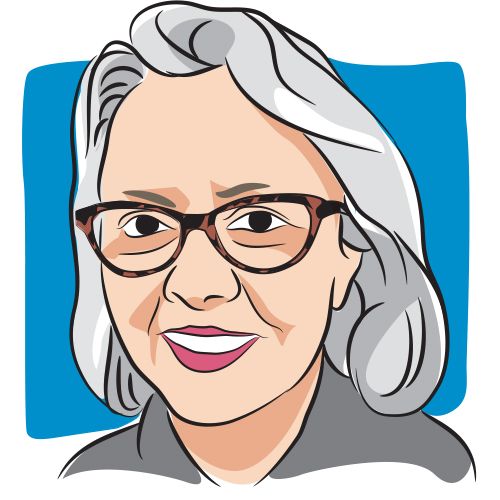Article
COVID-19 and Cancer: My Thoughts as an Emergency Medicine Physician
Author(s):
People are functioning as if the threat of COVID-19 is gone, but that’s not the case for many people with cancer.

Throughout the pandemic, there were very good reasons for patients with cancer to be concerned and cautious. After all, infection and immunosuppression are two things that generally do not do well together. In fact, there are many people who have gone through cancer who said that cancer treatment prepared them for the COVID-19 pandemic, and vice versa. Masking, meticulous hand washing, social isolation, use of sanitizers…these are all precautions that work well for both situations, from a purely physical well-being standpoint.
As public health regulations have been relaxed or lifted altogether, many people are now functioning as if COVID is gone. Even many hospital systems now no longer require basic precautions such as masking.
I am an emergency medicine physician. I cannot even count the number of patients I saw during the pandemic who became seriously ill or died from this infection. This disease has done things that are unprecedented in medicine. And although the trajectory of the pandemic is now favorable, I promise you, COVID is not gone. Fortunately, in general, patients are not getting nearly as ill in nearly the numbers that we saw early in the pandemic. But every shift, I still see patients who come in with COVID. This can still be dangerous for susceptible populations, such as transplant patients, people undergoing chemotherapyor people who are on immunosuppression medications for autoimmune diseases, as well as people who simply have underlying heart or lung disease.
It seems to me that health care organizations are giving into public and political pressure to act as if everything can go back to normal, and that basic precautions are no longer necessary. This is the furthest thing from the truth for patients with cancer.
Now masking in health care settings is no longer universal, and this puts the burden on the patient to ask people around them to take precautions. This is utterly unfair to people in a very vulnerable position. While they can definitely mask themselves, it still should be the case that people around them are masking as well, certainly in health care settings. Even if hospital and clinic staff take these precautions, what about the other patients and visitors? Due to the utterly ridiculous political divisiveness concerning masks, it was difficult enough to get people to mask in these settings even when there were universal masking requirements. Now without these requirements, there will absolutely be increased rates of infection transmission in health care settings.
One of the many, many lasting effects of the pandemic was its impact on health care. A full 20% of the workforce quit their jobs since 2020, according to Becker’s Hospital Review. This means that we have greatly reducedcapacity to care for an ever-increasing number of patients. In every ER across the country, people are waiting much longer to be seen because there are no available rooms to see them in.
In a typical shift in my ER, every single treatment room is full with patients waiting one to four days for admission to an inpatient room. There are many patients who are seen in the hallways, with little to no privacy. Some people are treated entirely in the waiting room, sitting next to other unmasked patients who have fevers and respiratory symptoms. Would you feel comfortable being the immunosuppressed cancer patient waiting for care under these circumstances?
Certainly, we are going to need to learn to live with COVID, because it is definitely not disappearing as it becomes more endemic in the population. However, taking very basic precautions in health care settings is a fundamental public health principle, and the cancer community and others deserve this protection. Perhaps by speaking to patient representatives and health care leadership, the cancer community can generate public pressure on health care to provide this marginal degree of compromise to protect vulnerable patients.
For more news on cancer updates, research and education, don’t forget to subscribe to CURE®’s newsletters here.





